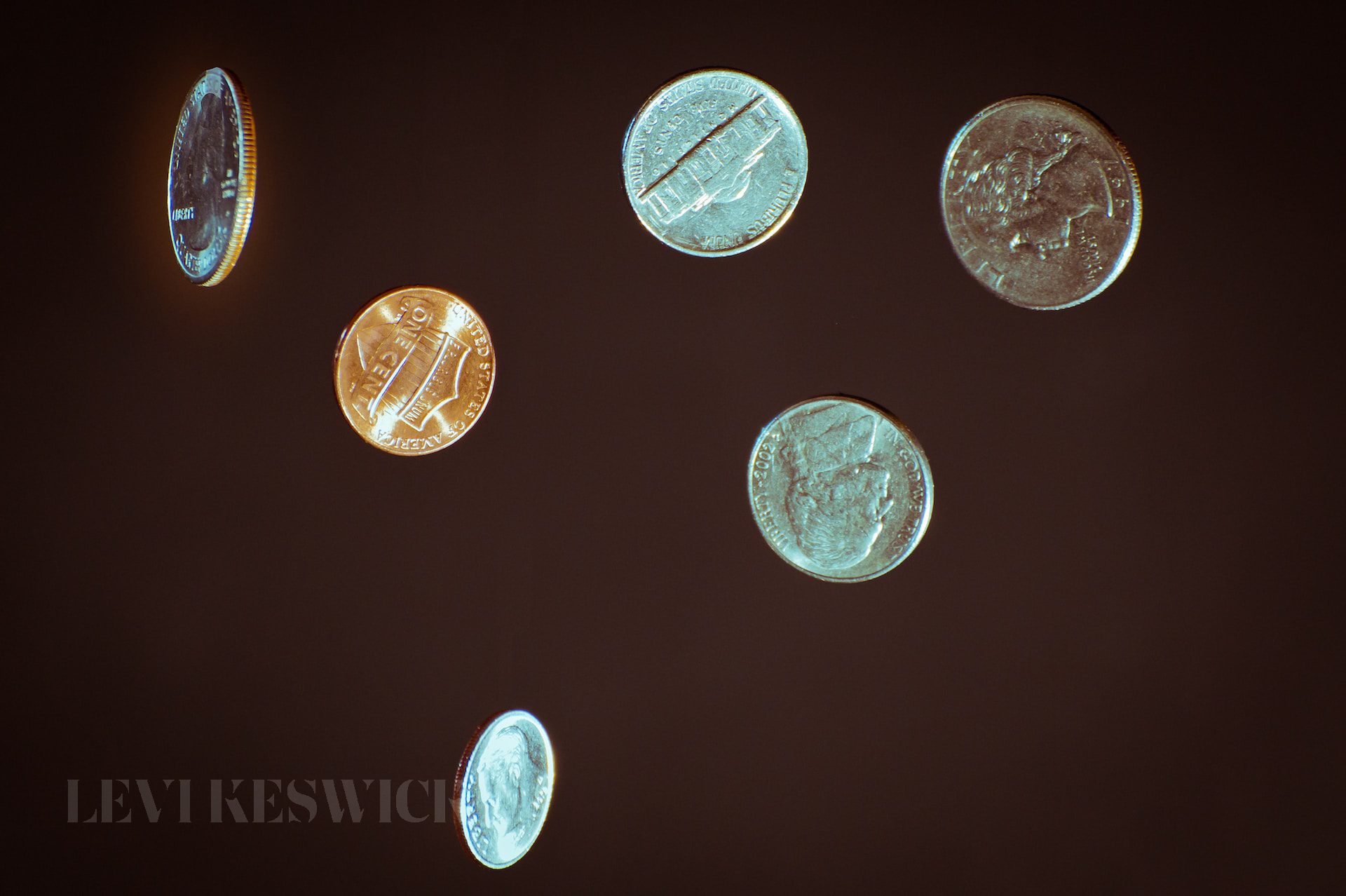Key Takeaways:
- The 1957 Jefferson nickel, composed of 75% copper and 25% nickel, replaced the Buffalo nickel with its enduring design by Felix Schlag.
- Three main varieties exist of the 1957 Jefferson nickel, each carrying distinct values: the 1957 P Jefferson nickel, the 1957 P Jefferson proof nickel, and the 1957 D Jefferson nickel.
- The minting process sometimes led to errors, making some 1957 nickels uniquely valuable for coin collectors.
- The worth of a 1957 Jefferson nickel extends beyond its face or melt value, with the highest auction record for a 1957 Jefferson nickel reaching $7,475.
- Coins are assessed and graded according to the Sheldon Scale, providing a reliable numerical value to their condition.
An Iconic Coin: The Jefferson Nickel
The 1957 Jefferson nickel, an enduring symbol of America’s monetary system, is more than a simple five-cent coin. Its rich history and unique variations, including the rare 1957 nickels worth money, continue to enthrall numismatists and collectors worldwide.
The nickel’s depiction of the third President of the United States, Thomas Jefferson, was first introduced in 1938, replacing the Buffalo nickel. Designed by Felix Schlag, the Jefferson nickel has remained largely consistent, though slight design changes occurred in 2005 and 2006.
The Unique 1957 Jefferson Nickel Varieties
Three major variations of the 1957 Jefferson nickel exist, each with its distinct features and potential value. These include the 1957 P Jefferson nickel, the 1957 P Jefferson proof nickel, and the 1957 D Jefferson nickel.
The 1957 P Jefferson nickel and the 1957 P Jefferson proof nickel, both minted in Philadelphia, have no mint mark and are relatively common. The proof version, however, is prized for its scarcity in higher grades. The 1957 D Jefferson nickel, minted in Denver and identifiable by its “D” mint mark, boasts the highest mintage among the 1957 varieties, largely due to Denver Mint’s focus on coin production for circulation.
Cherished Errors: The Unintended Value of 1957 Nickels
The complexity of the minting process often led to errors in the 1957 Jefferson nickels. These unintentional missteps, such as clipped or folded planchets, die breaks, and double strikes, have created a different type of treasure. Many collectors seek out these flawed coins, recognizing their value in rarity and adding intrigue to the world of numismatics.
The Worth of 1957 Jefferson Nickels Today
While the face and melt value of a 1957 Jefferson nickel might be modest, its true worth can far exceed these measures. With some 1957 nickels reaching astounding prices in auctions, their worth can largely depend on their grade and condition. For example, a 1957 nickel in proof condition with a PR68 grade fetched a staggering $7,475 at a Heritage Auctions event in 2010.
Grading the Nickel: The Importance of the Sheldon Scale
Coins are assessed using the Sheldon Scale, a grading system that provides a numerical value, ranging from poor (P-1) to perfect mint state (MS-70), to a coin’s condition. Established in the 1970s, this scale has brought uniformity to coin grading, allowing collectors and dealers to accurately assess a coin’s worth.
In conclusion, while they may often go unnoticed in everyday transactions, the 1957 Jefferson nickels have a rich history and unique variations that add to their value. For collectors, these coins hold a special allure, making the pursuit of 1957 nickels worth money an exciting and rewarding endeavor.








